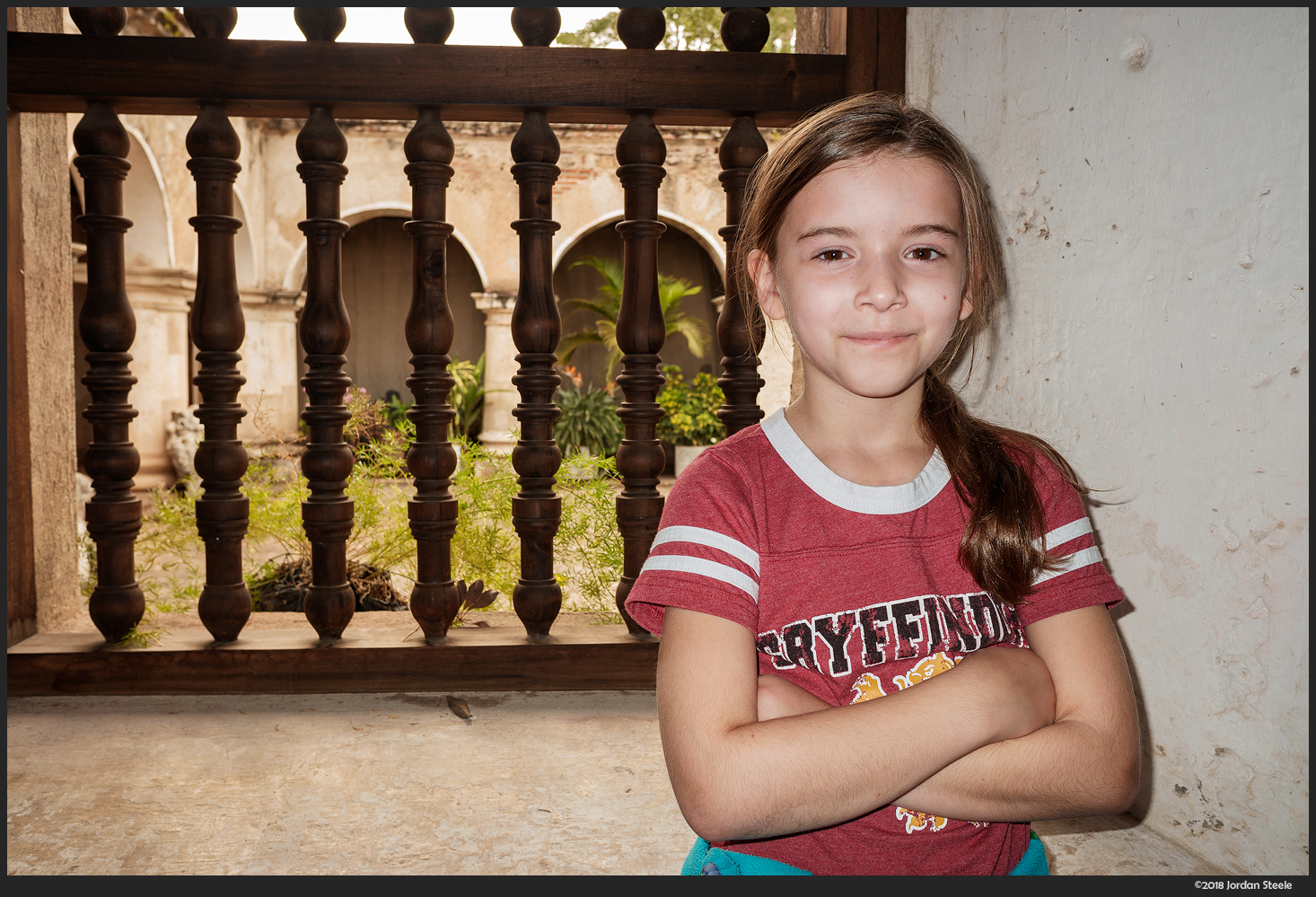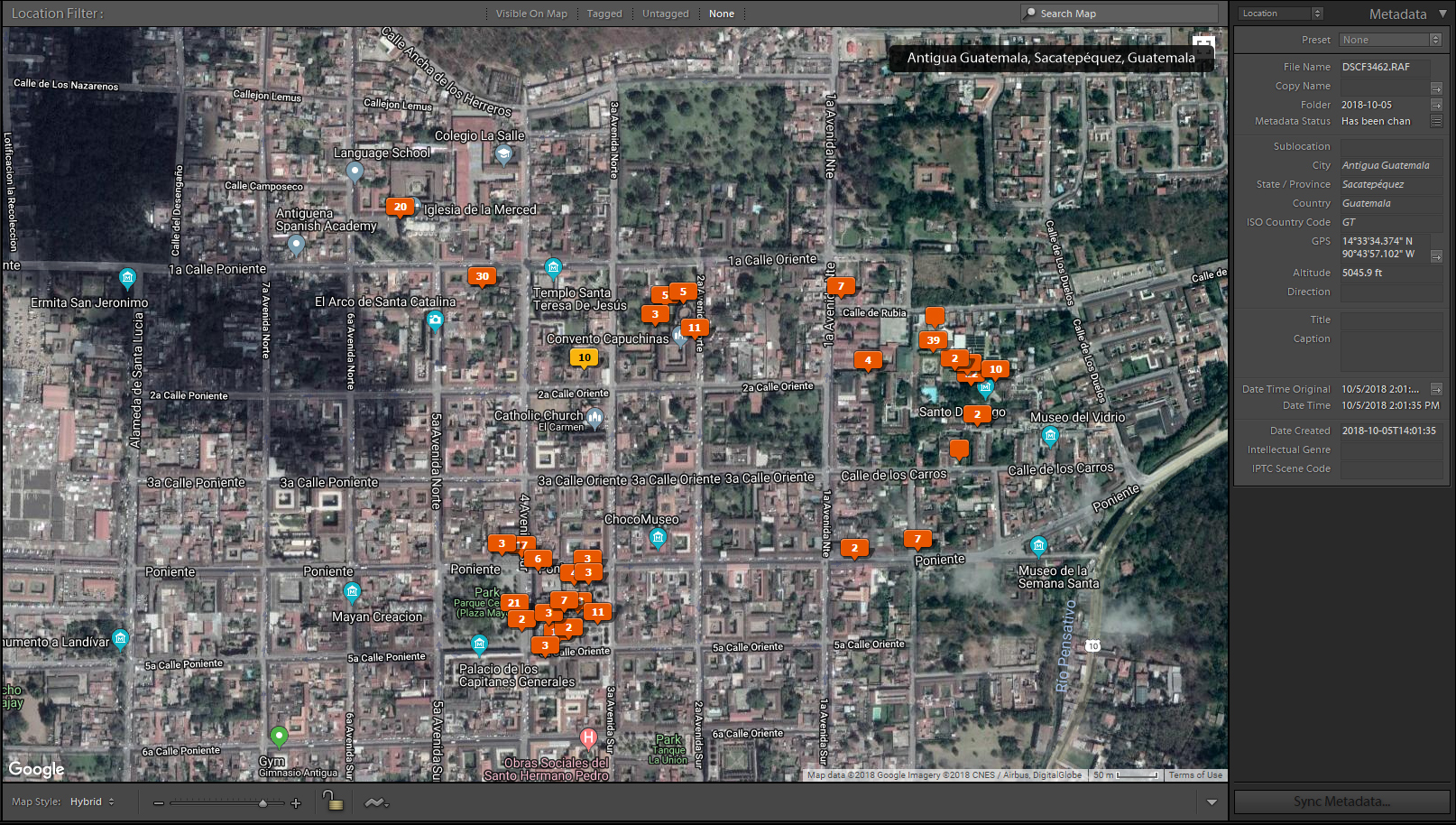Autofocus and Performance
The XF10 sensor features 91 focus points, arrayed in a 13×7 grid, with the central 35 focus points having phase-detection AF capabilities. However, one of the weak points of the X70 was its rather slow autofocus performance, and unfortunately, nothing has changed with the XF10. The lens is the weak point here, as the phase-detect focus points and Fuji’s focus algorithms have been on point for quite some time. The XF10’s lens is just downright pokey. In good light, focus speeds are reasonably quick provided you aren’t changing focus position too much, but in dimmer light, focus is quite slow. In backlit situations, it’s downright awful, often failing to find focus at all if the AF assist light is off or the subject is too far away for it to be effective. If used for travel photography, which often doesn’t require quick focus, it’s not a major problem, but it is not going to be a camera you will use for action, or even for a lot of candid people shots where precise focus is needed.
Fujifilm seems to know this as well, but rather than redesign the lens motors, they’ve implemented a ‘snapshot’ mode, which has two settings, which utilize f/5.6 or f/8, and focus to the hyperfocal distance for each aperture. In this mode, the camera does not focus at all…it immediately locks focus at the hyperfocal distance and just allows for instant shutter response. This is a mode I think a lot of people will use for street photography, and it works well. Still, I’d rather have faster and surer autofocus.
The XF10 is also not a performance camera, as it lacks the latest processors from Fujifilm, but it does a good enough job for its use case. The camera shoots at a reasonable 6 frames per second in burst mode, but the buffer is quite shallow at just 13 JPEGs, or only 5 RAW files before slowing down. It might be useful for capturing a quick burst occasionally, but I think most people are going to be using the camera in single shot mode most of the time. File writes happen at reasonable speed, but again, it’s not a speed demon here.
Battery life on the XF10 is about average for a small camera, at around 300 shots CIPA rated. I purchased (and would recommend purchasing) an extra battery, but for casual shooting, the battery should last a typical day. I don’t imagine too many people will be putting thousands of frames a day through a camera like the XF10, but if you plan on that, I’d also plan on bringing lots of batteries.

The XF10 uses a leaf shutter rather than a focal-plane shutter, which offers two nice advantages. First, the camera can flash sync at very high shutter speeds. Combined with Fuji’s very good fill-flash algorithms, the XF10’s built-in flash is great for adding a bit of pop to a subject when in shadow or when backlit during daylight. The shot above is one that shows the flash capabilities, but also was a shot that the AF failed on. The subject was completely in shadow, with very little light in front, but lots of light from the back. It took me around 30 seconds of fiddling before I was able to get the camera to focus properly. While there is some of that harsh direct flash look, Fujifilm’s flash algorithms did a great job with exposure here, balancing the natural light and flash.
The second thing that is useful about a leaf shutter is that it is extremely quiet. The XF10 has an electronic shutter, but unless you are shooting in complete silence, the leaf shutter is quiet enough that it can be used in most any situation without distraction. The electronic shutter does allow for shooting as fast as 1/16,000s rather than the 1/4000s of the leaf shutter, which comes in handy when shooting in bright light wide open.
Key Features
The XF10 comes with a rather full set of features that people have come to expect on Fujifilm cameras, including comprehensive connectivity options, in-camera RAW conversion and so on.
Wi-Fi / Bluetooth
Fujifilm cameras have had Wi-Fi connectivity in them since the X-E2, and the XF10 has Wi-Fi as well, but also adds Bluetooth to the mix, which expands the feature set and simplifies things somewhat, especially with regards to geotagging your images.
The XF-10 has the same Wi-Fi features as other recent Fujifilm cameras, allowing for image transfer to mobile devices, remote control with a live feed from the camera transmitted to the connected device, geotagging and so on. The addition of Bluetooth makes geotagging notably simpler. After pairing the camera with a phone and launching the Fujifilm Remote app, the camera will automatically connect to the phone when powering on without any further interaction with your phone. As a result, the camera can obtain the local time directly from your phone (which is great when traveling to a different time zone), as well as request location data and keep that location current. When I travel, I often will pull the camera out, take a few shots, shut it off and put it away, and repeat. With bluetooth on, I never have to touch the phone after first launching the app, and I still maintain good geotagging.
Prior to the advent of bluetooth in cameras, I never bothered with geotagging, as the process was too cumbersome to do in daily shooting. Bluetooth gets rid of that barrier and makes it fast and easy.

In-Camera RAW Conversion
While this feature is unchanged from all other Fuji-X Series cameras, I feel it’s worth discussing again. Fuji has, in my opinion, the most straightforward and useful in-camera RAW conversion capabilities. This is especially useful when shooting RAW only and transferring images via Wi-Fi, as it allows you to do moderately nuanced conversion to a full-size JPEG, which you can then directly share with Wi-Fi. RAW conversion is the same as on other Fuji cameras, but there’s no need to change what’s already very well done.

The in-camera RAW conversion function can be called up simply by pressing the Q button during image review. You are then presented with a multi-page list of parameters that can be adjusted. These allow you to change white balance, push or pull exposure, adjust highlight and shadow roll-off, change to any of the excellent built-in film simulations and more. Once you’ve made your adjustments, you can preview the result and then save it if you like what you see, or continue adjustment if you so desire.





Leave a Reply